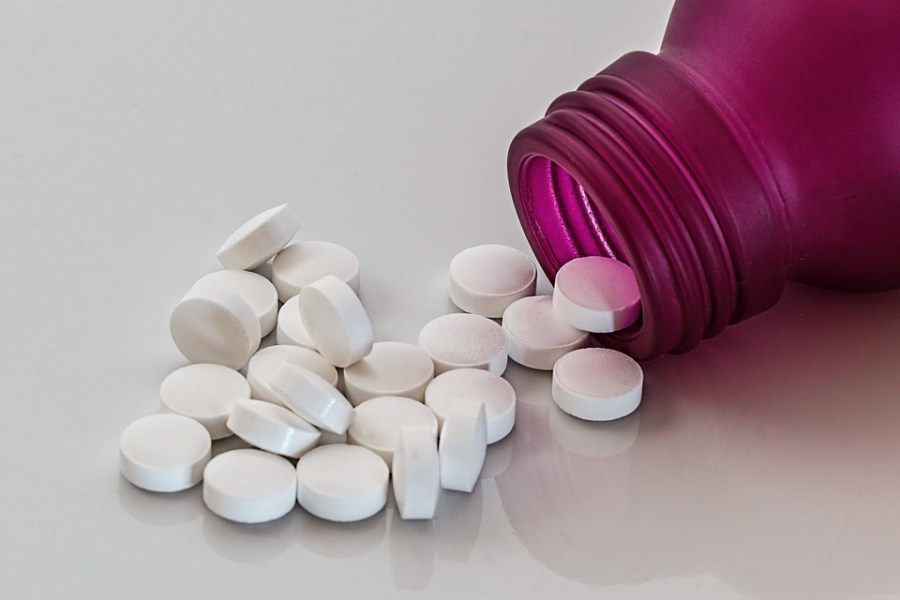
Blood clots are dangerous. If they break away from the walls of your veins, they can circulate through your bloodstream and cause further complications. That’s why doctors prescribe blood thinners to patients at risk of developing blood clots. The generic names of blood thinners are warfarin, rivaroxaban, dabigatran, apixaban and heparin. You can also find them sold under the brand names of blood thinners: Coumadin, Xarelto, Pradaxa, Eliquis and Jantoven.
How Blood Thinners Work
Blood thinners decrease the blood’s ability to clot. This lowers the risk of developing a potentially fatal blood clot, but at the same time increases the risk of bleeding in some people. Most of the time this isn’t a concern, but that doesn’t mean you should ignore unusual bleeding (including heavier than normal menstrual bleeding) or bruising. You should also tell medical professionals about falls and bumps to the head. It’s possible to have internal bleeding and not be aware of it. That’s why you should know and be on the lookout for signs of severe bleeding—even when you can’t physically see it.
Red or Brown Urine
Blood shows up in your urine for many reasons. In most cases you can’t see it with your naked eye. However, if you see that your urine has a pink, brown or red hue, call the doctor. It might be just a side effect of your blood thinner, but it can also be a symptom of an infection that needs treatment.
Black or Bloody Stool
Bleeding in your intestinal tract shows up as a bloody or black stool. If the blood is bright red, the source of the blood is most likely in the colon, but it might also come from severe bleeding in the stomach. When the bleeding takes place in the esophagus or stomach, the blood usually shows up as a dark red or black color.
Pain
Internal bleeding can cause a severe headache or stomach pain, especially if you have irritations like ulcers or polyps in your intestinal tract. Joint pain or swelling and severe headaches can also indicate a bleeding problem, especially after an injury.
Vomiting Blood
Vomiting blood is a serious symptom that requires immediate medical attention because it indicates a structural problem in the digestive tract. Ulcers, esophagitis and esophageal vein bleeding can cause it. If the vomiting is strong enough, it could tear the esophagus.
Coughing Up Blood
Whether it’s a few streaks that show up on tissue or large amounts of blood, coughing up blood is scary. In some cases, the blood is the result inflammation in the respiratory tract or bronchitis. It could also be a symptom of something more serious like a blood clot in the lung, tuberculosis or effects of a blood thinner. Seek medical care if you cough up blood and also have a fever or difficulty breathing.
Bruising
Bruises occur when capillaries burst and get trapped under the skin’s surface. In most people, bruises heal on their own within two to four weeks. If you take a blood thinner, your body released more blood before clotting and will take more time to heal. Tell your doctor if you notice that you’re bruising more easily than before.
Dizziness or Weakness
Dizziness is one of the top reasons patients visit their doctors. Feeling dizzy can be frightening, but it’s rarely a sign of a severe problem. However, if the dizziness or weakness comes with a severe headache, chest pain, difficulty breathing, numbness or problems with your vision or hearing, get immediate help.
Vision Changes
Some people notice problems with their vision after they start taking blood thinners. These problems include dry eyes, blurred vision and a sensitivity to light. Other concerns are eye pain, focusing problems or changes in the colors you see. If your blood thinner is causing the vision problem, your doctor might prescribe a different one for you.





